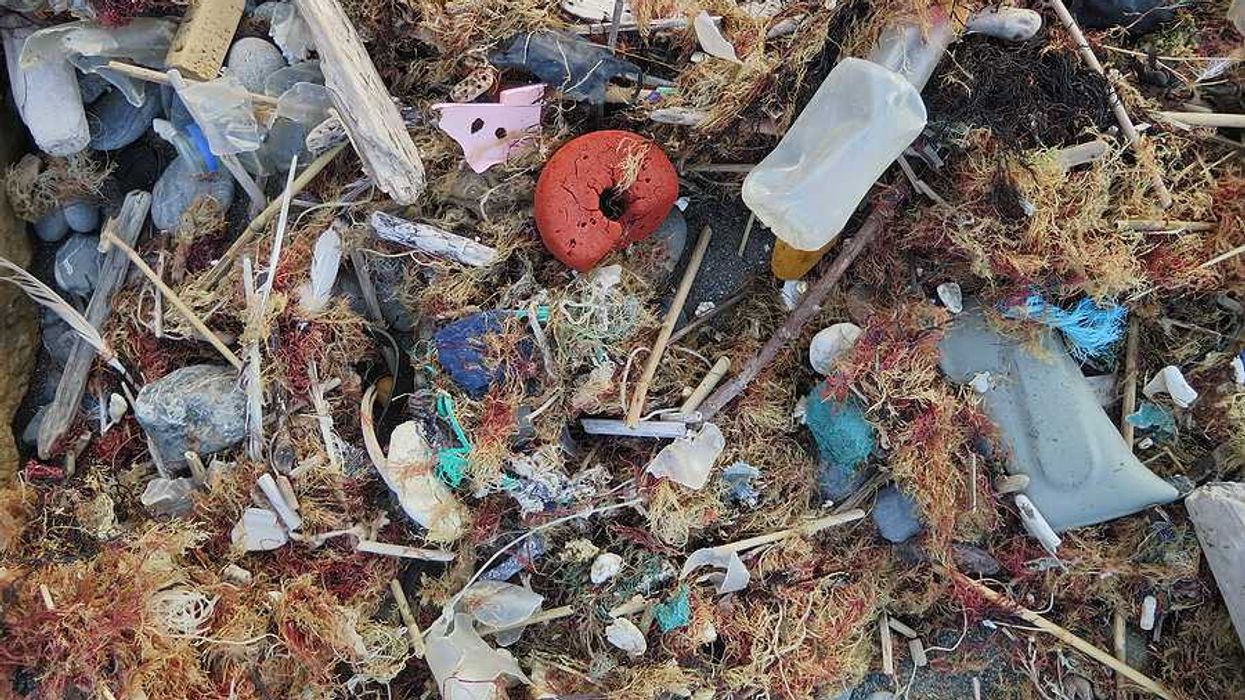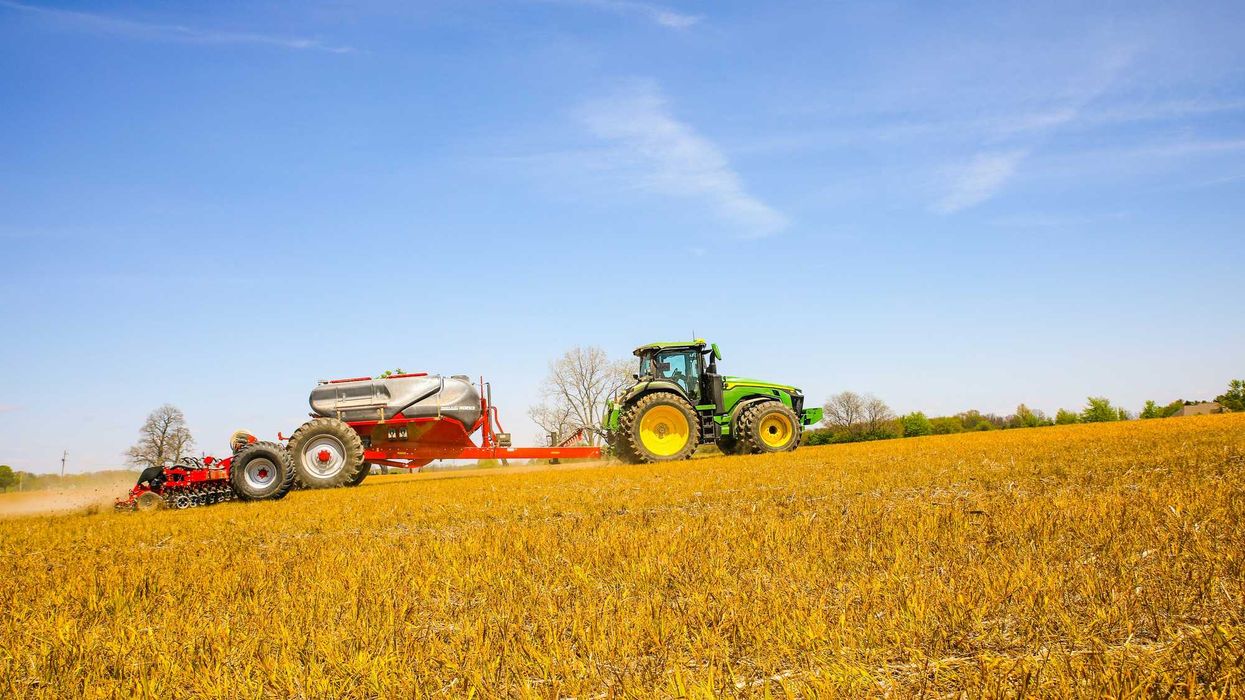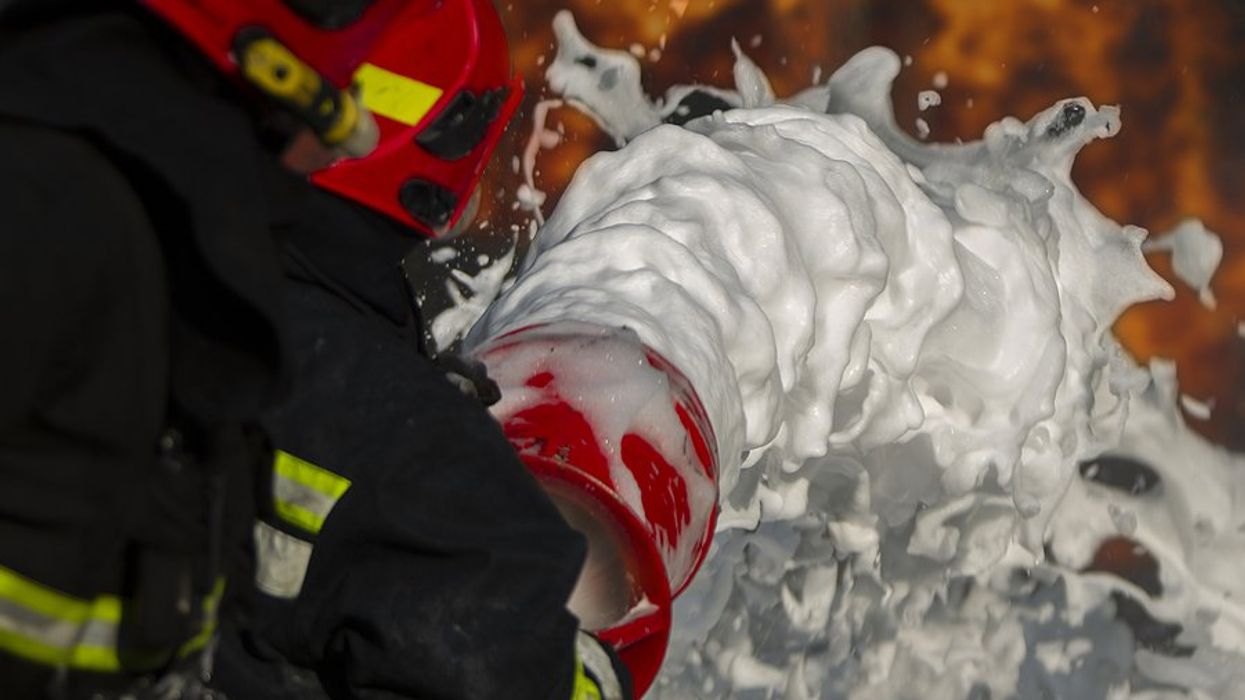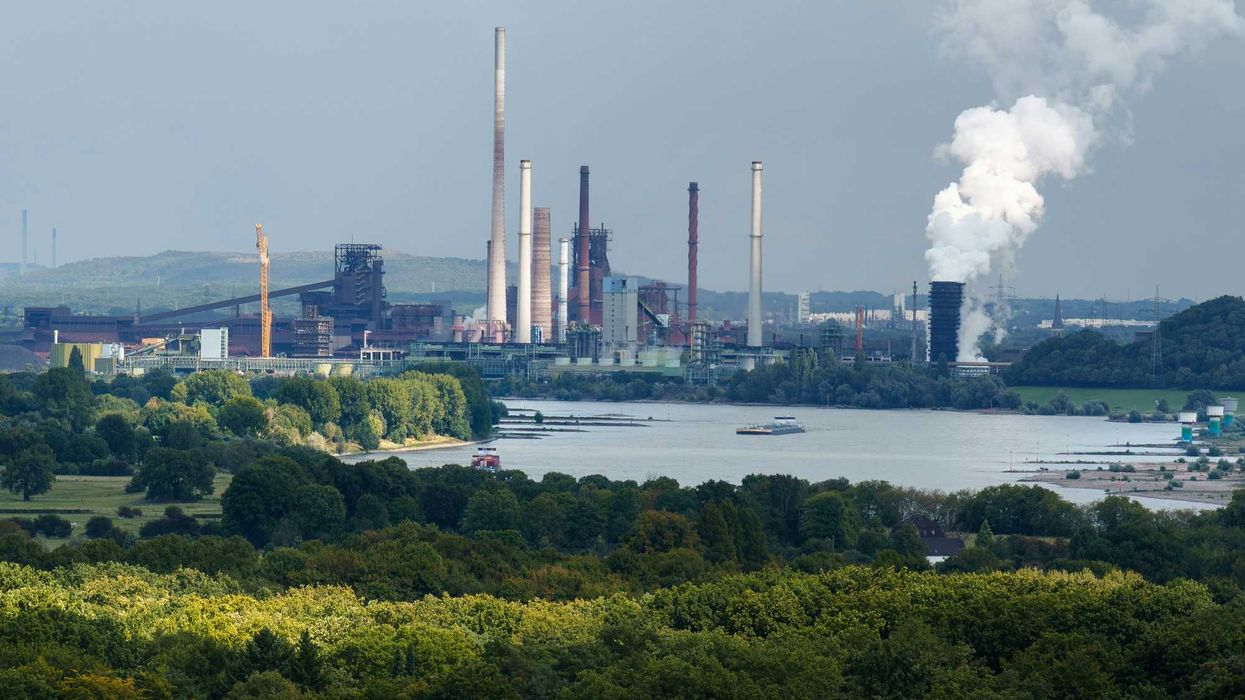Texans living near the San Jacinto River Waste Pits Superfund site have higher than expected rates of four types of cancer, according to a state health study.
Alejandra Martinez reports for The Texas Tribune.
In short:
- A Texas Department of State Health Services study found elevated rates of cervix uteri cancer, leukemia, lung and bronchus cancer, and lymphoma in a 250-square-mile area around the contaminated site.
- The San Jacinto River Waste Pits, polluted with dioxins from paper mill waste, have been leaking toxins into the environment for decades, prompting long-standing health concerns.
- Environmental advocates and residents say the study reinforces the need for full cleanup, but delays and disputes over responsibility have slowed progress.
Key quote:
“Our bodies are toxic soup and we cannot ignore that any longer.”
— Jackie Medcalf, founder and CEO of Texas Health and Environment Alliance
Why this matters:
Dioxins are extremely toxic, linked to cancer, immune system damage, and hormone disruption. Contamination from the San Jacinto River Waste Pits has likely exposed residents to these hazards for years. Local residents report high cancer rates and ongoing health concerns, with some blaming their illnesses on prolonged exposure. Despite being designated an U.S. Environmental Protection Agency Superfund site in 2008, cleanup efforts remain stalled.
Read related EHN coverage:
- New hope for long-polluted communities, but skepticism of Superfund success remains
- Levels of cancer-causing benzene reached new heights in beleaguered Channelview, Texas. Regulators never told residents.
- Toxic air lingers in Texas Latino community, revealing failures in state’s air monitoring system














